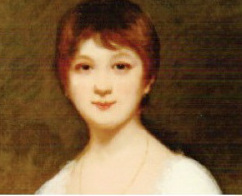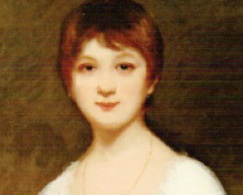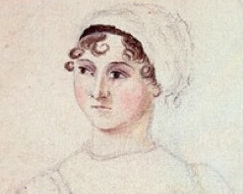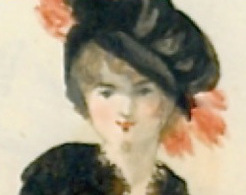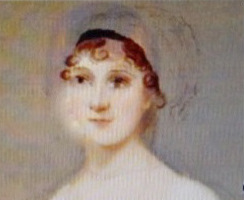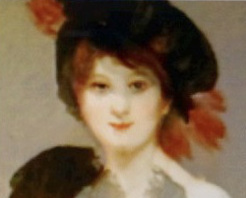|
one evening, in an attempt to compare the Rice, Stanier Clarke, and Cassandra Austen portraits of Jane Austen, I equalized the size and angle of the heads, erased the lines under the eyes of the Cassandra portrait, and placed the three in a horizontal configuration on my computer screen in order to better see the relative disposition of features. At some point I decided to move the Cassandra portrait closer to the Rice and inadvertently dragged it on top of the other when, to my shock, a new face fleetingly emerged that looked like a 20 year old woman done in the style of Gainsborough. I repeated the operation until I had the best image possible and then photographed it.
Wondering what other verisimilitudes might be sent from the penetralium of mystery to my desktop, I dragged the Stanier Clarke over the Rice and a stylish 40 year old woman in the style of John Singer Sargent was my reward.1 I like to think that these remarkable composite portraits are products of the supernatural, though the more rational reader may see them only as products of superimposition. In any case, I find in them intriguing hints as to what Jane Austen might have looked like and at least speculative grounds for believing that the three portraits named above show Jane Austen at different times in her life.
Top row, the Rice portrait; middle row, the Cassandra portrait (with lines under eyes removed)
Note
1. “Penetralium of mystery,” of course, is from John Keats, describing negative capability in a letter to George and Thomas Keats, 21, 27 (?) December 1817.
|


